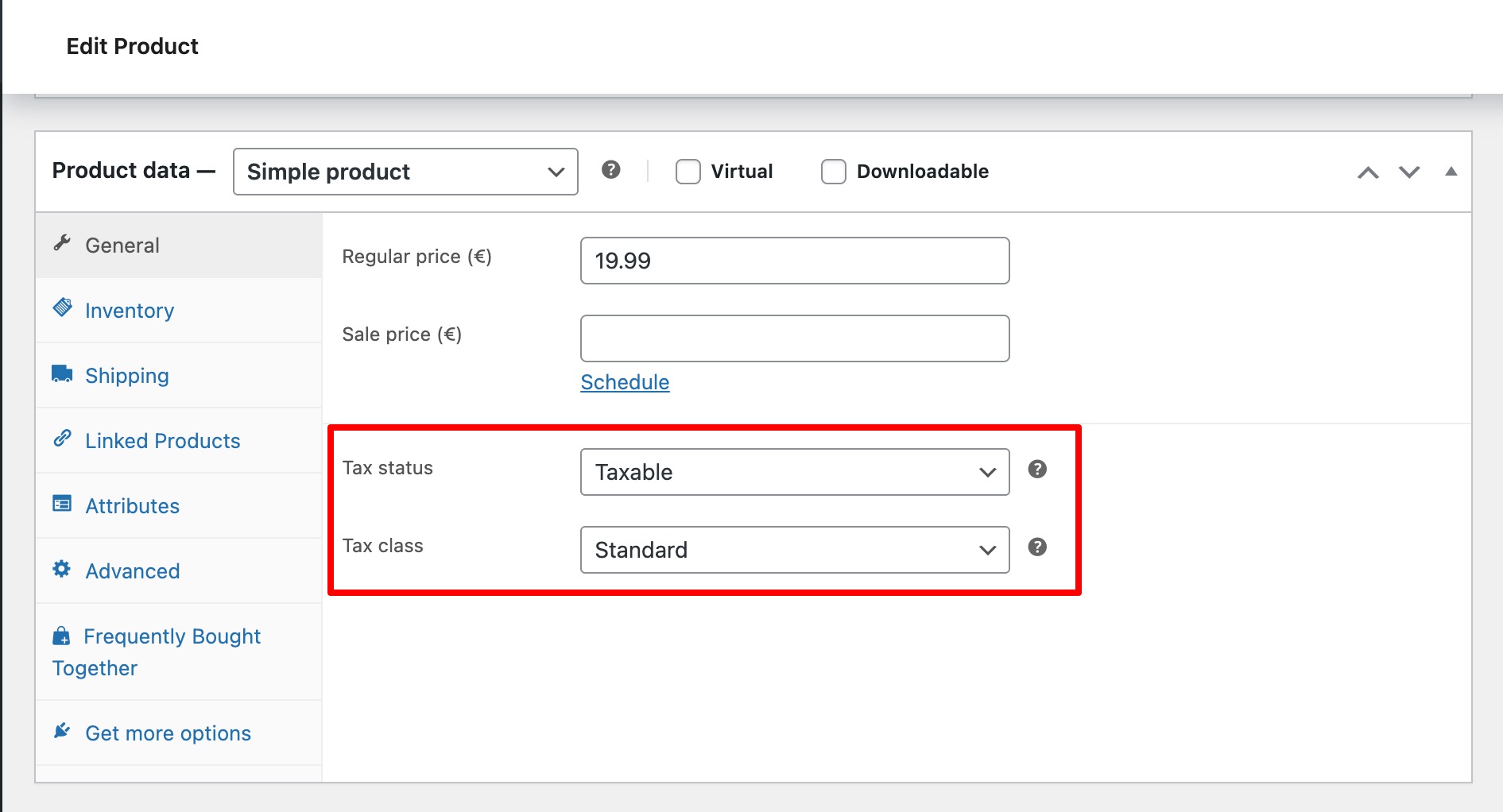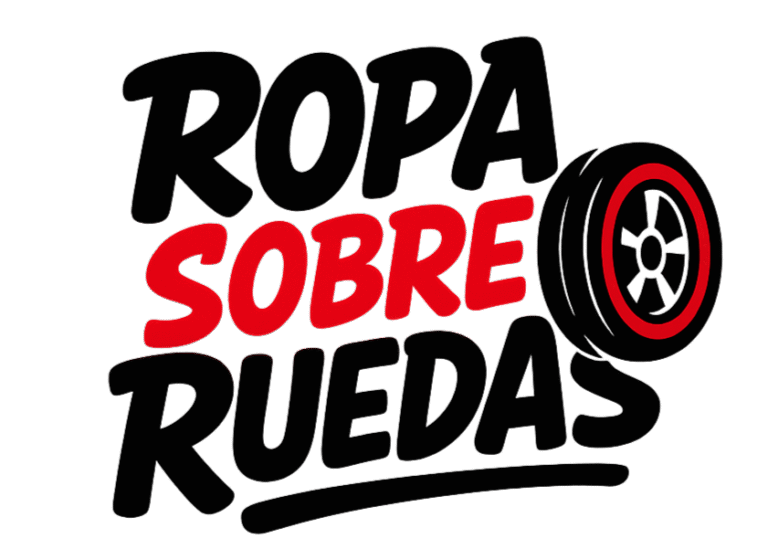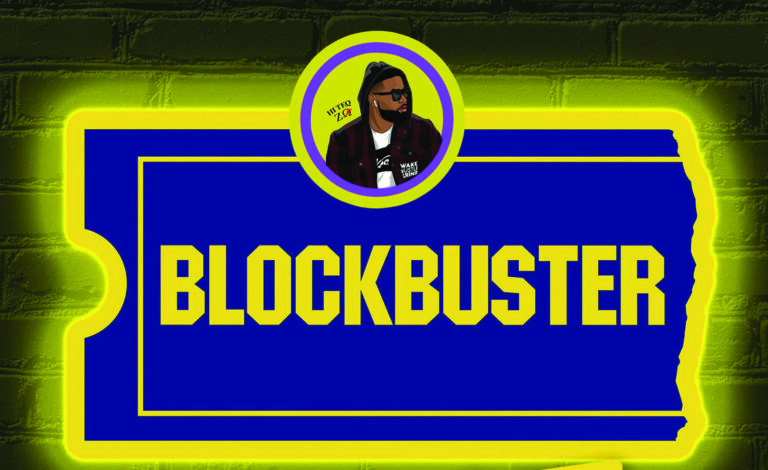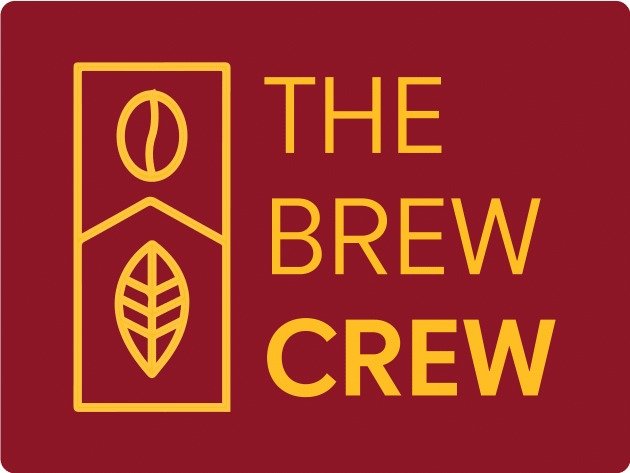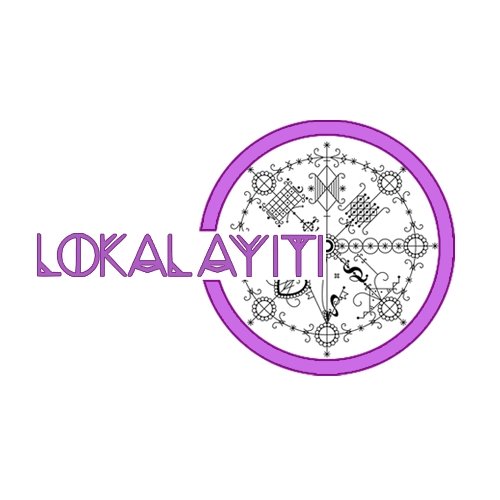The primary website online used to be created via British physicist Tim Berners-Lee in 1990 whilst he used to be running at CERN, the Ecu Group for Nuclear Analysis, in Switzerland. It wasn’t designed for trade, leisure, or social connection. Its goal used to be way more sensible: to be an instruction guide for a innovative new gadget of data sharing he had simply invented. This text will adventure again to that pivotal second, exploring the “what,” “why,” and “how” of this virtual place to begin and tracing its improbable legacy to the robust internet advent equipment we use these days.
Key Takeaways
- Who and The place: The primary website online used to be created via Tim Berners-Lee at CERN (Ecu Group for Nuclear Analysis) in Switzerland.
- When: The web page first changed into operational on December 20, 1990, and used to be made to be had to the broader public in August 1991.
- The Cope with: The URL for the 1st website online used to be http://data.cern.ch. A restored model of the web page continues to be energetic these days.
- The Generation: Berners-Lee invented the 3 core applied sciences that made the internet conceivable: HTML (HyperText Markup Language) for structuring pages, URL (Uniform Useful resource Locator) for addressing them, and HTTP (Hypertext Switch Protocol) for retrieving them.
- The Goal: The website online used to be a meta-document. Its content material defined the International Broad Internet undertaking itself, offering data on find out how to create webpages and find out how to seek for data.
- The Gear: The web page used to be constructed on a NeXT pc, which served as each the 1st internet server and the 1st internet browser, which used to be additionally an editor known as WorldWideWeb.
- The Legacy: CERN’s resolution in 1993 to make the International Broad Internet generation royalty-free used to be the catalyst for its explosive world enlargement, main at once to the information superhighway as we comprehend it these days.
The International Sooner than the Internet: A Glimpse right into a Disconnected Generation
To actually respect the seismic shift precipitated via the 1st website online, we need to perceive the virtual setting from which it emerged. Within the past due Eighties, the “information superhighway” existed, but it surely used to be now not the user-friendly, graphical area we all know. It used to be a choice of networks, essentially utilized by teachers, researchers, and the army. Gaining access to data used to be bulky and required specialised wisdom.
The Want for a Common Data Device
Consider an enormous, world group like CERN. 1000’s of scientists from universities and establishments far and wide the sector collaborated on advanced physics experiments. They generated huge quantities of information, wrote papers, and had to proportion their findings. The issue used to be that this knowledge used to be trapped.
It existed in a virtual Tower of Babel. Information used to be saved on various kinds of computer systems, from IBM mainframes to Macintoshes, each and every the usage of other networking protocols and proprietary document codecs. To get a work of data from a colleague’s device, you regularly had to have the similar form of pc, the similar tool, and an immediate community connection. There used to be no common “area” the place data may just reside and be accessed via someone, from any place.
A number of precursor applied sciences attempted to resolve portions of this downside:
- ARPANET: The forerunner to the fashionable information superhighway, ARPANET used to be a US army undertaking that proved the concept that of a decentralized pc community. It used to be the spine, but it surely wasn’t a user-friendly data gadget.
- Usenet: This used to be a world dialogue gadget, like a disbursed community of boards or “newsgroups.” Customers may just put up messages and browse replies, but it surely used to be essentially for dialogue, now not for linking and organizing static paperwork.
- Gopher: Evolved on the College of Minnesota, Gopher used to be a menu-based gadget for surfing information on the net. It used to be a vital step ahead, presenting data in a structured hierarchy of folders and information. You’ll want to navigate from one server to every other, but it surely lacked the fluid, non-linear linking that might outline the internet.
Every of those methods used to be a work of the puzzle, however none supplied all the answer. What used to be lacking used to be a unmarried, easy, and common technique to hyperlink paperwork in combination, irrespective of the place they have been saved.
The Visionary: Who’s Tim Berners-Lee?
Into this advanced setting stepped Tim Berners-Lee. A British pc scientist with a background in tool engineering, Berners-Lee used to be running at CERN as a contractor. He had up to now advanced a non-public database known as “Enquire,” which used bidirectional hyperlinks to attach data—an concept that might turn out to be central to his later paintings.
He noticed the disappointment at CERN firsthand. He understood that the group’s genuine product wasn’t simply information from particle accelerators; it used to be the internet of data connecting folks, experiments, and analysis. In March 1989, he wrote an offer titled “Data Control: A Proposal.” It used to be a dry, technical doc, however its imaginative and prescient used to be anything else however.
His boss, Mike Sendall, famously scribbled “Imprecise, however thrilling…” at the quilt and gave him the fairway mild to paintings at the undertaking. The proposal defined a decentralized data gadget in accordance with a easy however profound idea: hypertext.
The theory of hypertext—textual content that accommodates hyperlinks to different texts—used to be now not new. Thinkers like Vannevar Bush had conceptualized it a long time previous. However Berners-Lee’s genius used to be in making use of it to an international community of computer systems. He envisioned a global the place any doc may just hyperlink to some other doc, making a common, interconnected “internet” of data. This straightforward proposal used to be the blueprint for the fashionable information superhighway.
The Start of the Internet: Development the Basis
Together with his proposal authorized, Tim Berners-Lee got down to construct the equipment essential to convey his imaginative and prescient to lifestyles. He wasn’t simply developing a work of tool; he used to be inventing a whole ecosystem. Between September and December of 1990, he single-handedly advanced the elemental applied sciences that also energy the internet these days.
The 3 Pillars of the Internet
Berners-Lee understood that his gadget wanted 3 core parts to serve as: a technique to write paperwork, a technique to deal with them, and a technique to transmit them.
- HTML (HyperText Markup Language): This used to be the language for developing internet pages. It wasn’t a fancy programming language however a “markup” language. It used easy tags to outline the construction of a doc. The first actual model of HTML used to be extremely elementary, with simplest about 18 tags. Those incorporated tags for a identify (<TITLE>), headings (<H1>, <H2>, and many others.), paragraphs, and, most significantly, the anchor tag (<A>) for developing links. This supplied the “skeleton” of each and every webpage.
- URL (Uniform Useful resource Locator): This used to be the strategy to the deal with downside. A URL supplied a unmarried, constant technique to find any useful resource on the internet. Whether or not it used to be a doc, a picture, or a video, it will have a singular deal with that any browser on the earth may just perceive. The primary URL adopted a easy construction: protocol://hostname/trail. For instance, http://data.cern.ch/hypertext/WWW/TheProject.html. This innovation ensured that the internet may just scale globally with out chaos.
- HTTP (Hypertext Switch Protocol): This used to be the engine of the internet. HTTP is the protocol, or algorithm, that an online browser (the buyer) and a internet server use to keep in touch. While you click on a hyperlink, your browser sends an HTTP “request” to the server soliciting for the doc. The server then reveals the doc and sends it again in an HTTP “reaction.” This straightforward, stateless request-response cycle is the invisible transaction that occurs billions of instances a 2nd around the globe.
The Gear of Introduction: The First Browser and Server
To construct and display those 3 pillars, Berners-Lee wanted {hardware} and tool. He discovered the easiest device in a device constructed via an organization based via Steve Jobs after he had left Apple.
- The NeXT Pc: This used to be an impressive and complex workstation for its time. Crucially, it had a graphical consumer interface and robust object-oriented construction equipment that made it reasonably simple for Berners-Lee to temporarily construct the tool he wanted. This unmarried black dice would turn out to be the cradle of the International Broad Internet.
- The WorldWideWeb Browser: At the NeXT device, Berners-Lee wrote the first-ever internet browser. He named it, fittingly, WorldWideWeb (it used to be later renamed Nexus to keep away from confusion with the internet itself). This browser used to be a real “What You See Is What You Get” (WYSIWYG) utility. However its maximum exceptional characteristic is person who has been in large part misplaced in fashionable browsers: it used to be additionally an editor. A consumer may just browse the internet and, if that they had permission, click on an “Edit” button and get started typing at once onto the web page, developing new hyperlinks and saving their adjustments again to the server. Berners-Lee’s authentic imaginative and prescient used to be a collaborative, two-way medium, the place eating and developing content material have been similarly easy.
- The First Internet Server: The similar NeXT pc additionally ran the 1st internet server tool, httpd. A internet server is just a program that listens for incoming HTTP requests from browsers, locates the asked information (the HTML paperwork), and sends them again. Berners-Lee’s NeXT device used to be the 1st pc in historical past to accomplish this process. He famously put a decal on it that learn: “This device is a server. DO NOT POWER IT DOWN!!” This unmarried pc used to be, for a time, all of the International Broad Internet.
The First Website online: A Deep Dive into data.cern.ch
With the core applied sciences and equipment in position, the overall step used to be to create the 1st webpage. On December 20, 1990, Tim Berners-Lee revealed the 1st website online on his NeXT server. The deal with used to be http://data.cern.ch. First of all, it used to be simplest obtainable to these inside the CERN community. It wasn’t till August 1991 that he introduced the undertaking on public information superhighway newsgroups, making it to be had to the sector.
Deconstructing the Homepage
So, what used to be in this innovative first web page? There have been no flashy graphics, no movies, no advanced layouts. It used to be a easy, text-based web page with a white background and blue links. Its content material used to be completely self-referential. It used to be a website online concerning the International Broad Internet itself.
The homepage served as an advent and a information to this new undertaking. It defined what the International Broad Internet used to be, the way it might be used, and the way folks may just get entangled. It had hyperlinks to different pages that supplied extra element, comparable to:
- A abstract of the undertaking.
- Details about the folks concerned.
- Directions on find out how to create your individual internet server.
- An inventory of alternative internet servers as they got here on-line.
- Technical specs for the protocols (HTTP, HTML).
The design used to be purely useful. Its good looks used to be now not in its aesthetics however in its software and its underlying idea. Each and every web page used to be a node of data, and the links have been the threads connecting them.
The Energy of the Link
The actually innovative facet of that first website online used to be the link. Sooner than the internet, navigating virtual data used to be like strolling down a hall, opening one door after every other in a linear collection (as with Gopher’s menus). The link shattered that style.
With a easy click on, a consumer may just bounce from an idea on one web page to an in depth rationalization on every other, hosted on a fully other pc hundreds of miles away. It allowed for a non-linear, associative teach of idea, mirroring how the human mind makes connections. This used to be the “internet” made manifest—an interconnected mesh of data that might develop organically and with none central keep an eye on. It used to be this option that might permit the internet to scale from a unmarried server at CERN to the billions of websites we’ve these days.
The Aftermath and Explosion of the Internet
The release of the 1st website online used to be now not a thunderous tournament. It used to be a quiet starting, a device created for a distinct segment neighborhood of physicists. However the seed were planted, and two key occasions would reason it to develop at an exponential charge.
From CERN to the International: Making the Internet Public
The only maximum essential resolution within the historical past of the internet got here on April 30, 1993. CERN’s administrators introduced that the generation of the International Broad Internet—the code for the server, the buyer, and the library of protocols—could be made royalty-free and to be had to everybody.
This used to be a profoundly altruistic and far-sighted resolution. Through hanging the generation within the public area, CERN ensured that no unmarried corporate may just personal or keep an eye on the internet. It created a degree enjoying box, inviting someone and everybody to construct upon Berners-Lee’s basis. This act of virtual generosity used to be the catalyst that ignited the internet’s explosive enlargement.
The Upward push of the Browsers and the Early Internet
Whilst Berners-Lee’s WorldWideWeb browser used to be robust, it simplest ran at the pricey NeXT computer systems. For the internet to take off, it wanted a browser that might run at the on a regular basis computer systems folks have been the usage of.
In 1993, a staff on the Nationwide Middle for Supercomputing Packages (NCSA) on the College of Illinois launched the Mosaic browser. Mosaic used to be a game-changer for 2 causes. First, it used to be simple to put in on maximum not unusual running methods, together with Home windows and Mac. 2d, and maximum famously, it used to be the 1st browser to show photographs inline with textual content, somewhat than in a separate window.
All at once, the internet used to be not only a device for textual content. It changed into a visible, multimedia revel in. This made the internet obtainable and interesting to a much wider target audience, a long way past the medical neighborhood.
The luck of Mosaic led at once to the formation of Netscape and its wildly well-liked Netscape Navigator browser. This, in flip, sparked the 1st “browser battle” as Microsoft scrambled to catch up via integrating Web Explorer into its Home windows running gadget. This fierce pageant, whilst messy, hastily speeded up the improvement of latest internet applied sciences.
The mid-to-late 90s noticed the 1st wave of user-created web pages. They have been characterised via a unusual, experimental aesthetic: flashing animated GIFs, customer counters, “underneath building” indicators, guestbooks for leaving messages, and webrings that connected websites with an identical subjects.
The Dot-Com Growth and the Commercialization of the Internet
It wasn’t lengthy earlier than companies learned the immense doable of this new world platform. The internet transitioned from an educational and hobbyist undertaking right into a industrial juggernaut. Firms like Amazon (began in 1994 as a bookstall) and eBay (began in 1995 as an public sale web page) pioneered the concept that of eCommerce. This resulted in the “dot-com” bubble of the past due Nineteen Nineties, a duration of big funding and hypothesis in internet-based corporations. Whilst the bubble sooner or later burst, it cemented the internet’s function as a central pillar of the worldwide economic system.
The Evolution of Internet Introduction: From Hand-Coding to Visible Developers
The adventure from that first, easy web page at CERN to the dynamic, interactive web pages of these days may be the tale of ways web pages are made. The equipment and processes have advanced dramatically, constantly shifting in opposition to better accessibility and gear.
The Age of the Webmaster: Hand-Coding with HTML and CSS
Within the early days, making a website online used to be the unique area of the “webmaster”—a technically talented person who may just write code. The method concerned typing out HTML tags in a elementary textual content editor like Notepad after which importing the document to a server the usage of a program like FTP.
Styling used to be minimum till the advent of Cascading Taste Sheets (CSS), which allowed for the separation of a web page’s construction (HTML) from its presentation (colours, fonts, structure). This used to be a significant step ahead, but it surely nonetheless required creators to be told two other coding languages.
Gear like Adobe Dreamweaver and Microsoft FrontPage emerged to make this procedure more uncomplicated. They introduced a extra visible interface, permitting customers to design pages with out writing each and every line of code via hand. Then again, they have been nonetheless advanced, pricey items of tool that produced clunky code and required a vital finding out curve.
The CMS Revolution: The Upward push of WordPress
The following nice bounce ahead used to be the arrival of the Content material Control Device (CMS). A CMS is a tool platform that separates the content material of a website online from its design and capability. This intended {that a} author may just upload a brand new weblog put up or a product supervisor may just replace a product description while not having to the touch any code or seek the advice of a developer.
Whilst a number of CMSs exist, one platform rose to dominate the internet: WordPress. At first introduced in 2003 as a easy running a blog device, WordPress advanced right into a full-fledged CMS in a position to operating any form of website online, from non-public portfolios to giant information websites and on-line retail outlets. Its open-source nature and huge ecosystem of subject matters and plugins made it extremely versatile and well-liked, and these days it powers over 40% of all of the internet.
The Visible Builder Generation: Empowering Creators with out Code
Even with a CMS like WordPress, in depth customization nonetheless regularly required coding experience. The newest evolution in internet advent has been the upward thrust of visible, drag-and-drop website online developers, which convey the method complete circle, again to the WYSIWYG spirit of Tim Berners-Lee’s authentic browser/editor.
Those equipment constitute a elementary shift, empowering customers to design and construct subtle web pages in real-time with out writing a unmarried line of code. At the vanguard of this motion is Elementor, an entire website online builder platform that has remodeled how creators manner WordPress.
Platforms like Elementor supply an intuitive visible interface the place you’ll be able to drag components like headings, photographs, and bureaucracy at once onto a canvas and magnificence them with granular keep an eye on. This has democratized the sector {of professional} internet design, making it obtainable to designers who need to notice their imaginative and prescient with out code, marketers who want to construct their very own on-line presence, and businesses who want to construct consumer websites successfully.
As internet advent skilled Itamar Haim notes, “The adventure from Tim Berners-Lee’s first, purely useful HTML web page to these days’s visually wealthy web pages constructed with platforms like Elementor is a tale of innovative democratization. We’ve moved from requiring deep technical wisdom to empowering ingenious imaginative and prescient at once, permitting someone to construct a qualified on-line presence.”
The Trendy Internet Introduction Stack
Development a website online these days comes to greater than only a builder. It’s an built-in stack of equipment running in combination.
- Website hosting: A website online wishes a spot to reside. Previously, this intended navigating advanced webhosting panels and coping with conflicts between plugins and server settings. Trendy answers like Elementor Website hosting supply a continuing, all-in-one setting in particular optimized for the builder. This built-in manner guarantees height efficiency and reliability, particularly for tough websites like the ones requiring eCommerce webhosting.
- Topics & Templates: As a substitute of being locked right into a inflexible theme, fashionable workflows use versatile theme frameworks and in depth template libraries. Platforms like Elementor be offering foundational subject matters that act as a blank slate, giving the writer general design freedom.
- Capability: The ability of contemporary internet advent lies in its extensibility. With Elementor Professional, creators liberate complex options like popup developers, shape developers, and a strong WooCommerce Builder for developing customized on-line retail outlets.
The Long run is AI and Automation
The evolution doesn’t prevent. The following frontier in internet advent is Synthetic Intelligence. AI is not a futuristic idea; it’s a realistic device this is accelerating workflows in improbable tactics.
AI equipment are being built-in at once into the advent procedure. For instance, Elementor’s AI equipment can generate textual content, create distinctive photographs from activates, or even write customized code snippets on command. This frees creators from tedious duties and is helping them triumph over ingenious blocks. The method can now get started even earlier than the 1st pixel is positioned, with equipment just like the AI Website Planner that may generate a whole sitemap and wireframe from a easy description.
The head of this pattern is the emergence of agentic AI, which is able to carry out multi-step duties. Those equipment are reworking the builder into a real AI Website online Builder, the place a consumer may give a high-level command and watch the AI execute all of the workflow.
Trendy Concerns: What Berners-Lee’s Website Didn’t Want
The virtual panorama of these days is infinitely extra advanced than it used to be in 1990. Development a a hit website online now calls for consideration to elements that have been non-existent when data.cern.ch went reside.
Efficiency and Optimization
The primary website online consisted of a couple of kilobytes of simple textual content. It might load right away on even the slowest connection. Trendy web pages are orders of magnitude greater, full of high-resolution photographs, movies, and complicated scripts. Website velocity is now a important issue for consumer revel in and seek engine ratings. A slow-loading web page shall be deserted via customers and penalized via Google. This has made equipment that strengthen efficiency, just like the Symbol Optimizer via Elementor which routinely compresses and converts photographs to next-gen codecs, very important for any severe internet undertaking.
Internet Accessibility (a11y)
As it used to be purely text-based and used easy, semantic HTML, the 1st website online used to be inherently obtainable to customers with disabilities. As web pages changed into extra visible and interactive, accessibility regularly changed into an afterthought. Lately, there’s a an important and rising consciousness of the want to construct an inclusive internet this is usable via everybody, irrespective of their talents. Internet accessibility isn’t just a moral crucial; it’s additionally a prison requirement in lots of portions of the sector. Trendy answers are actually being built-in at once into development platforms to assist creators establish and fasten accessibility problems.
Conversation and Expansion
Berners-Lee’s web page used to be a one-way broadcast of data. A contemporary website online is a two-way communique channel. It must reliably deal with consumer interactions, comparable to touch shape submissions, account registrations, and eCommerce acquire receipts. The infamous unreliability of default WordPress electronic mail has made answers like Website Mailer via Elementor, which guarantees transactional emails achieve the inbox, a important software. Moreover, web pages are actually hubs for industry enlargement, requiring built-in advertising and marketing equipment like Ship via Elementor to control electronic mail campaigns and automatic workflows.
Area Names and Branding
The URL data.cern.ch used to be purely useful and descriptive. Lately, a website identify is a core a part of a logo’s identification. Selecting the proper identify is a important advertising and marketing resolution, and for lots of, securing a unfastened area identify with their webhosting package deal is step one in setting up their on-line presence.
Conclusion
From a unmarried NeXT pc in a Swiss laboratory to an international community of billions of interconnected pages, the evolution of the website online is a tale of relentless innovation. The primary webpage, in all its stark simplicity, contained the DNA of all of the virtual international that might practice. Its core rules—openness, decentralization, and the connective energy of the link—stay the bedrock of the internet.
Tim Berners-Lee’s imaginative and prescient used to be now not simply to create a brand new generation however to empower folks with it. He imagined a collaborative area for sharing wisdom and concepts. That imaginative and prescient is extra alive these days than ever earlier than. The adventure from hand-coding HTML in a textual content editor to visually crafting shocking web pages with a drag-and-drop builder is the belief of that purpose.
Trendy platforms elevate in this venture of empowerment, abstracting away technical complexity so that anybody with an concept can proportion it with the sector. The equipment have modified, however the elementary spirit of that first website online—to attach, to tell, and to create—endures. If you are feeling impressed to sign up for this improbable legacy, you’ll be able to get started your individual internet advent adventure with a unfastened obtain and turn out to be a part of the ever-expanding internet.
Growth: 10 Often Requested Questions (FAQs)
1. Can I nonetheless talk over with the 1st website online? Sure. CERN is devoted to retaining this piece of virtual historical past. You’ll talk over with a 1992 recovery of the unique website online at its authentic deal with: http://data.cern.ch.
2. Who created the second one website online? That is tricky to reply to definitively because the early internet grew organically. Then again, one of the crucial first actual internet servers outdoor of CERN used to be arrange on the Stanford Linear Accelerator Middle (SLAC) in California in December 1991. It hosted a database of medical papers, making it one of the crucial earliest web pages in North The united states.
3. What used to be the 1st symbol ever uploaded to the internet? The primary photograph used to be uploaded to the internet via Tim Berners-Lee in 1992. It used to be an image of Les Horribles Cernettes, an all-female parody pop band based via workers at CERN. The picture used to be edited in an early model of Adobe Photoshop and stored as a .gif document.
4. How giant used to be the 1st website online in the case of document measurement? The unique homepage used to be extraordinarily small via these days’s requirements. A simple HTML document with the volume of textual content it contained would simplest were a couple of kilobytes (KB). For comparability, a unmarried high-resolution photograph on a contemporary website online can also be a number of megabytes (MB), hundreds of instances greater.
5. Did Tim Berners-Lee get wealthy from inventing the internet? No. Tim Berners-Lee and CERN made the verdict to liberate the International Broad Internet generation at no cost, with out patents or royalties. He has mentioned that this used to be very important for the internet to succeed in common adoption. Whilst he has won a large number of awards, honors (together with a knighthood), and a at ease instructional wage, he didn’t turn out to be a billionaire from his invention. He’s these days the director of the International Broad Internet Consortium (W3C), which develops internet requirements.
6. What’s the distinction between the Web and the International Broad Internet? This can be a not unusual level of bewilderment. The Web is the huge, world community of computer systems—the bodily infrastructure of servers, cables, and routers. The International Broad Internet is a provider that runs on peak of the information superhighway. It’s the gadget of interconnected paperwork and assets connected via links and accessed by the use of URLs. Bring to mind the Web because the roads and the Internet because the gadget of addresses and indicators that allow you to navigate the ones roads to seek out homes (web pages). Different services and products like electronic mail, FTP, and video conferencing additionally run at the Web.
7. What programming language used to be the 1st website online written in? The website online itself wasn’t written in a programming language however in HTML (HyperText Markup Language). The tool that ran the server (httpd) and the browser (WorldWideWeb) used to be written within the Function-C programming language at the NeXT pc’s running gadget, NeXTSTEP.
8. How lengthy did it take to construct the 1st website online? The foundational paintings took a couple of months. Tim Berners-Lee wrote his proposal in March 1989. He began creating the core applied sciences (HTML, HTTP, URL) and the 1st browser/editor in September 1990 and had the 1st website online and server operating via December 20, 1990. So, the preliminary construction took about 3 to 4 months of targeted paintings.
9. What used to be the aim of the “.ch” within the first URL? The .ch is the country-code top-level area (ccTLD) for Switzerland. The identify is derived from Confoederatio Helvetica, the Latin identify for the Swiss Confederation. Since CERN is positioned in Switzerland, its area identify logically used the Swiss nation code.
10. How has the philosophy of internet design modified for the reason that first website online? The philosophy has shifted dramatically. The primary website online used to be purely utilitarian. Its design used to be dictated completely via its serve as: to offer structured data and hyperlinks obviously. Early internet design within the 90s taken with novelty and experimentation, with an emphasis on graphics and animations. Trendy internet design is user-centric. It’s a multidisciplinary box that mixes graphic design, consumer revel in (UX) design, interface (UI) design, accessibility, and function optimization. The purpose is not simply to offer data, however to create an intuitive, enticing, and efficient revel in for the consumer.





